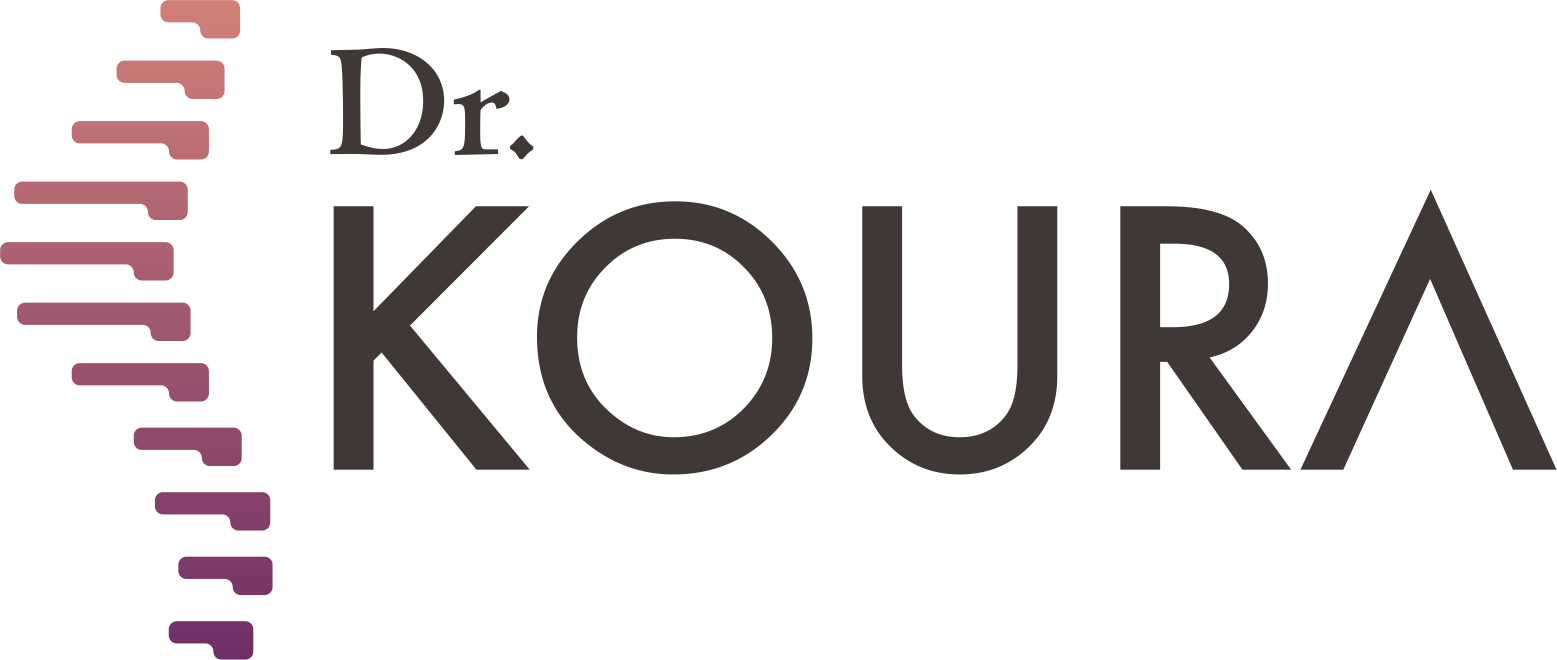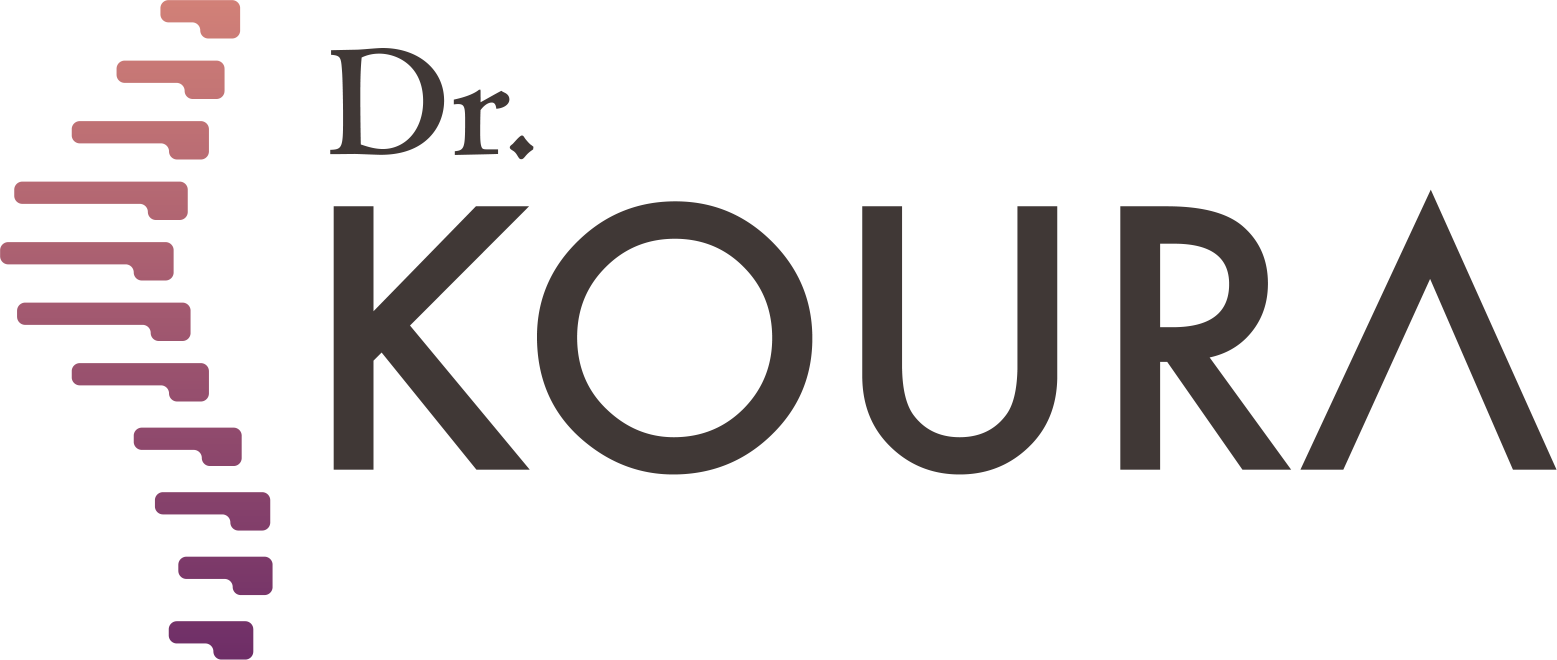
To see patients' reviews
Click herePrevention of lower back pain


Prevention of Lower Back Pain
Preventing lower back pain is essential for maintaining quality of life and enjoying daily activities freely and comfortably. Lower back pain is a common problem that affects many people, and taking effective preventive measures can significantly reduce the risk of developing it. To maintain a healthy back, it is recommended to follow some basic tips, such as exercising regularly, improving body posture, and avoiding lifting heavy objects inappropriately. Additionally, choosing the right treatments plays a crucial role in managing this condition, as early intervention can help reduce the severity of pain and improve overall health.
Dr. Mohamed Koura's center stands out as a leading destination for diagnosing and treating lower back pain, offering the best spine treatment using modern, non-surgical techniques. Dr. Mohamed Koura is considered one of the best doctors for treating lower back pain, offering effective options such as lower back pain and disc treatments, aiming to improve quality of life without the need for surgical intervention.
With extensive experience and advanced techniques used by Dr. Mohamed Koura’s center, patients can benefit from spinal treatments that are efficient and effective in relieving pain and restoring natural movement.
What are the Causes of Lower Back Pain?
Lower back pain can result from several causes, including muscle strain from lifting heavy weights or improper movements, muscle tears or strains that cause sharp pain. The pain may also occur due to a herniated disc, where one of the spinal discs slips or ruptures, pressing on nearby nerves. Additionally, spondylolisthesis, where a vertebra slips out of place, can cause spine pain. Arthritis, such as degenerative arthritis, is another cause that can lead to chronic lower back pain, while weak muscles surrounding the spine may cause pain due to a lack of proper support. Poor posture, injuries from accidents, and chronic conditions like osteoporosis or rheumatic diseases can also be reasons for pain. Pregnancy can also add extra pressure on the lower back, leading to pain, especially in later stages.
General Tips for Avoiding Lower Back Pain
To prevent lower back pain, it is essential to follow some simple tips that can help maintain spinal health. Here are some important steps:
- Avoid prolonged sitting without movement: Try not to sit for long periods without moving. Continuous sitting can put pressure on the vertebrae and lead to pain.
- Change your sitting position regularly: It is advisable to change your sitting position periodically. This helps distribute the pressure evenly on the spinal vertebrae.
- Stand up to promote circulation: Regularly standing helps activate circulation and move the muscles in your abdomen, back, and limbs. This is especially important if you sit for long periods.
By following these tips, you can reduce the risk of lower back pain and enjoy a pain-free life.
How to Choose the Right Seat to Avoid Lower Back Pain
To sit comfortably and avoid lower back pain, it’s better to use a chair with a comfortable backrest. The backrest should be at a right angle or slightly more relative to the seat, and preferably have side arms that are at an appropriate height for your arms and elbows. Ensure the backrest supports the entire back, from the tailbone to the upper back, and that the chair's height allows your feet to comfortably touch the ground.
For added comfort, you can use a small table in front of the chair at the same height, place a light foam cushion on it, and stretch your legs while ensuring they are straight from thigh to foot, with the knees resting on the chair or table to avoid knee strain. It's important to change your sitting position regularly, getting up occasionally to move your legs.
If you sit at a desk for long periods, make sure the chair height, backrest, and side arms are appropriate for your height and size. Your feet should touch the ground when seated, and the backrest height should be at shoulder level or slightly higher, with the side arms at elbow height.
When sitting, ensure that your back is fully supported by the backrest from the tailbone to the shoulders. Sit close to the desk so your abdomen touches the edge of the desk, stabilizing your torso between the desk edge and the backrest. You can place a footrest under your feet at a 30-degree angle for extra comfort, allowing your back to rest naturally against the backrest, which increases the comfort of your legs and thighs.
The desk height should also match the chair height to avoid leaning forward while seated. If you can sit with your elbow resting on the desk and your back fully on the backrest without leaning forward or bending your elbow, that’s an ideal position. Finally, avoid sitting for long periods, and for your health, move and get up from the chair every hour or so to stimulate circulation and relieve tension in your back, abdomen, and limbs.
Tips for Standing and Walking to Protect Your Back and Avoid Spine Pain
When standing, try to distribute your body weight evenly on both feet. Avoid loading your weight on one foot more than the other, as this can disturb the body’s center of gravity and cause uneven pressure on the spine, which can lead to or worsen back pain if this becomes a habitual posture.
When walking, maintain a moderate pace, keeping your head up and looking forward, avoiding a bent back. Wear shoes with a suitable heel height, not exceeding 2 cm, and avoid walking on uneven ground or climbing hills, especially if you suffer from acute pain. Additionally, avoid walking on many curves. Whether sitting, walking, or even sleeping, pull in your abdomen to maintain the natural curvature of the lumbar spine, as this is a simple and effective exercise for the abdominal and back muscles, which should be repeated as often as you remember.
How to Avoid Lower Back Pain While Driving
To avoid lower back pain while driving, ensure your back is in full contact with the seat backrest. Avoid leaving any gap between your spine and the seat for proper back support. If you notice a gap due to a poorly designed seat or the distance of the seat from the steering wheel, you can compensate by placing a light cushion behind your back or moving closer to the steering wheel. This helps maintain the correct posture and good spine support while driving, reducing the risk of pain.
Tips for Avoiding Lower Back Pain When Lifting Objects
When lifting objects, avoid lifting any heavy weights, even for short periods, and avoid lifting light objects for relatively long periods. It’s important not to push, lift, or drag heavy objects, especially during periods of acute pain. Avoid lifting any object that requires bending the back; it's better to use your knees when lifting objects if they are in good condition, and if not, it’s best to avoid lifting altogether.
Use bags with long handles that can be carried on the shoulders or back, and opt for wheeled bags to drag instead of carrying them. Avoid lifting heavy objects from the ground using waist bending with extended knees and twisting the back or pelvis, as this technique can cause serious injuries, like a lumbar disc herniation if the weight is heavy and sudden.
How to Choose the Right Mattress for Your Back Health
To maintain back health, it is recommended to use a high-density mattress, which means a firm and not soft mattress. Cotton mattresses need regular padding to maintain their evenness, and it's better to rotate them regularly by flipping them from left to right and top to bottom.
You can use pillows under your knees for added back comfort and to reduce muscle tension. Don’t rely on one sleeping position; try various comfortable sleeping positions and change them regularly to avoid complications from prolonged positioning.
When lying down, feel free to move your legs in and out, flex and extend your knees and thighs inward and outward, and raise and lower your pelvis periodically if it doesn’t cause pain.
How to Choose a Comfortable Sleeping Position to Avoid Lower Back Pain
Choose a sleeping position where you feel comfortable and pain-free. You can sleep on your back, or on your side with pillows placed in front of your abdomen, behind your back, or between your knees for support. You can also bend your knees while sleeping on your side. If you wish to sit in bed, raise the upper half of the bed using a wooden board placed under the mattress so that your upper half from the lower back rests on this board. This will help you maintain a comfortable and supportive position while sleeping or sitting in bed.
Advice for Managing Acute Lower Back Pain
In case of acute lower back pain, a back support belt can be worn after consulting a doctor, but it should be removed during sleep. If you tend to move frequently while sleeping or fear pain while sleeping, you can wear the belt at night.
After the acute pain subsides, gradually stop using the belt, wearing it only during daily activities, and completely dispense with it during periods of rest. Instead, rely on a natural abdominal belt to strengthen your abdominal and back muscles from the first day. Try to suck in your abdomen and perform abdominal exercises at all times, whether lying down, sitting, or standing.
In conclusion, following proper tips for managing lower back pain and spine health can play an important role in improving your comfort and overall health. From choosing the right seat and avoiding strenuous positions during lifting or sitting, to using the right mattress and regularly changing sleeping positions, these actions help reduce pain and enhance spinal support.
If you suffer from lower back pain, consulting a specialist can be a vital step towards recovery. Dr. Mohamed Koura is one of the best doctors in interventional pain treatment without surgery, thanks to his extensive experience and innovations in diagnosing and treating back pain without surgical intervention. Don’t hesitate to seek his advice to ensure you receive the best possible healthcare.
Dr. Mohamed Koura is here to assist you using the latest therapeutic techniques, including thermal radiofrequency and laser treatments for spinal pain without surgery—book your appointment now from here.
Why Choose Dr. Mohamed Koura ?
Simply because he is the best doctor in his feild. He stays updated on the latest treatment technologies through his participation in various international conferences with leading foreign doctors and experts. Finally, and most importantly, Dr. Mohamed Koura is the best doctor in Egypt and the Arab world, possessing 12 non-surgical techniques for treating spinal and joint problems. He was the first to introduce modern interventional treatment techniques in Egypt & the Middle East and is the only one using the disc fx technique to treat spinal pain.
To see patients' reviews
Click hereCertainly not, some cases must be treated surgically, and the most appropriate technique for the patient is determined through a medical examination and the presence of imaging studies.
No, it is necessary to make a reservation through a phone call or social media messages.
There are no risks or side effects associated with non-surgical pain interventions.
The patient needs only 3 to 4 days before they can travel comfortably, and the hospital stay does not exceed 6 to 8 hours.
A condition cannot be accurately assessed and a proper medical diagnosis made without a medical examination and recent imaging studies.
Yes, there are several payment methods available through Visa or electronic wallets by making a reservation on our website.
Certainly, obesity is one of the causes of knee osteoarthritis.
Radiofrequency activates the nerve and does not cause any damage to it.
Non-surgical interventions are a definitive treatment for some cases and pain relievers for other cases, which is determined by the doctor through a medical examination.
If the herniated disc is fully treated, there is a possibility of it reoccurring in some cases, such as not following the doctor's prescribed instructions after the intervention, experiencing an accident, or making a sudden wrong movement like lifting heavy objects.
The entire disc is not removed due to the presence of several risks and it may exacerbate the condition. Only the protruding part that causes pain is removed.
This cannot be done with radiofrequency, but it is performed through other techniques that Dr. Koura conducts.
The success or failure of non-surgical interventions cannot be judged through radiographic imaging because these procedures involve making subtle changes to critical parts to address the issue. Consequently, they do not produce significant changes to avoid potential complications in the future or damage to the spine and joints, which is our primary goal.
Spinal stenosis does not typically cause sciatica. In most cases, disc herniation is what may lead to sciatica. This does not necessarily mean that a patient with sciatica will also have spinal stenosis.
Sciatica may return if the patient does not adhere to the medical instructions provided by the doctor or in the event of an unexpected accident.
A life without pain without surgery
Once you book with Dr. Koura
Get rid of pain with just one call.. Book your appointment now with pain Management consultant Dr. Koura.






-webp.webp)




-webp.webp)
































